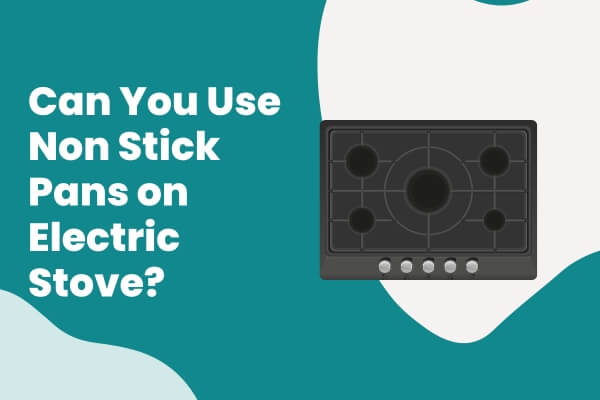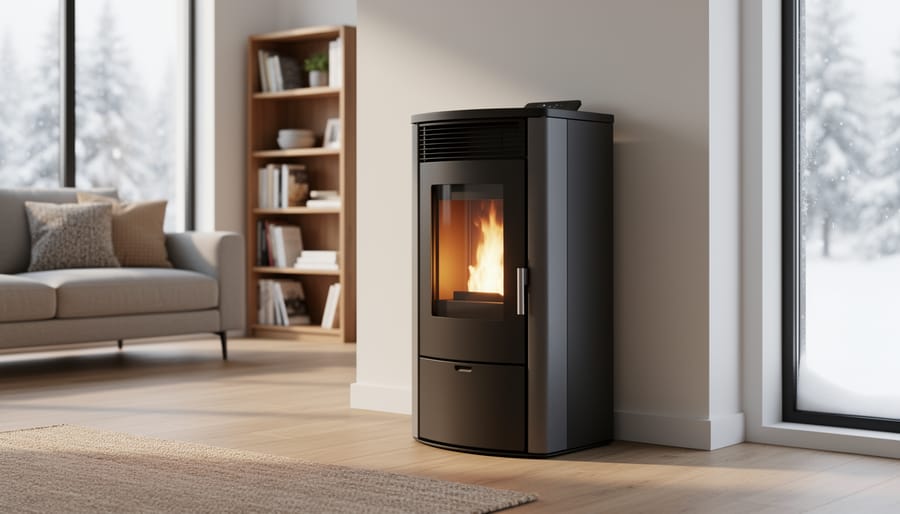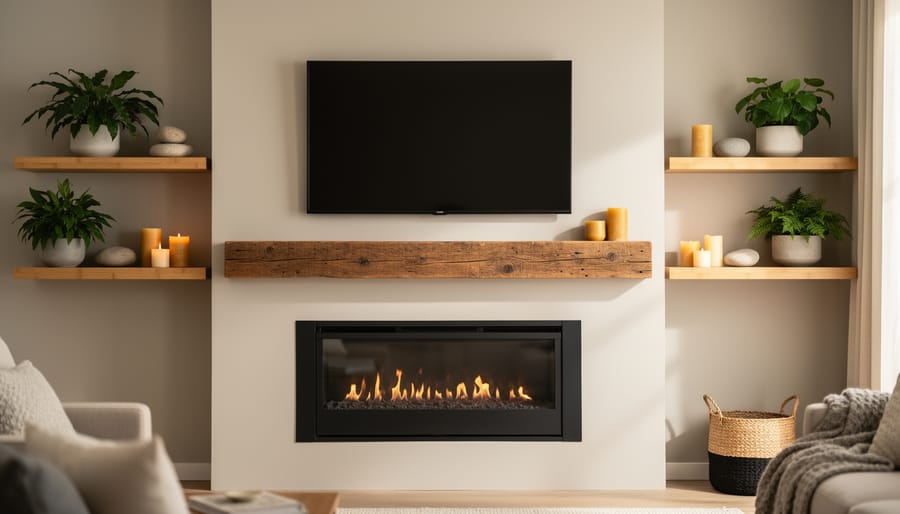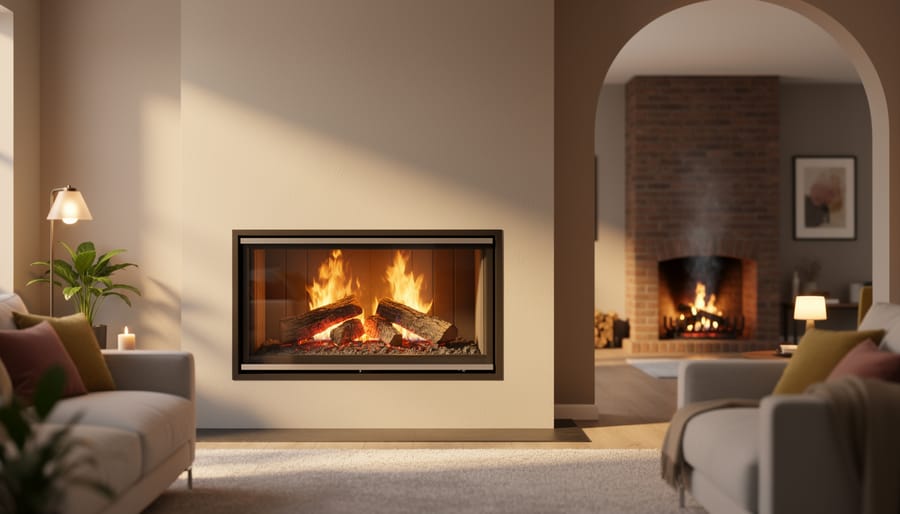Are you an aspiring chef or a cooking enthusiast who loves experimenting with various recipes? Today, we’re diving into non-stick pans and their compatibility with electric stoves. As someone who has spent countless hours in the kitchen, I understand the importance of using the right cookware.
Non-stick pans have revolutionized our cooking, making our lives easier and more convenient. Whether flipping pancakes, sautéing vegetables or searing a juicy steak, the non-stick surface ensures your food glides effortlessly across the pan.
In this article, we will explore the compatibility of non-stick pans with electric stoves and provide essential tips on using them effectively. Let’s embark on this culinary journey and discover the art of cooking with non-stick pans on electric stoves.
Can you use non-stick pans on an electric stove?
Yes, you can use non-stick pans on electric stoves. However, there are a few crucial factors to consider to ensure the longevity and effectiveness of your non-stick pans.
When using non-stick pans on electric stoves, it is crucial to check that the pan is made of a material compatible with electric stoves. Most non-stick pans are constructed from aluminum or stainless steel, which work well with electric stoves.
To maintain the integrity of the non-stick coating, it is vital not to overheat the pan. Excessive heat can cause the non-stick coating to deteriorate. Instead, opt for a low to medium heat setting when using non-stick pans on electric stoves.
Furthermore, it is advisable to avoid using metal utensils with non-stick pans. Metal utensils have the potential to scratch the non-stick coating, reducing its effectiveness. Instead, opt for wooden or silicone spatulas that are gentle on the surface.
When cleaning non-stick pans used on electric stoves, it is best to wash them by hand. Using dishwasher detergent or subjecting them to vicious cycles can damage the non-stick coating over time. Gentle handwashing with mild soap and water is the recommended cleaning method.
By following these guidelines, you can enjoy the convenience and benefits of non-stick pans on your electric stove while ensuring their longevity and optimal performance.
Why Should You Consider Non-Stick Pans for Electric Stoves?
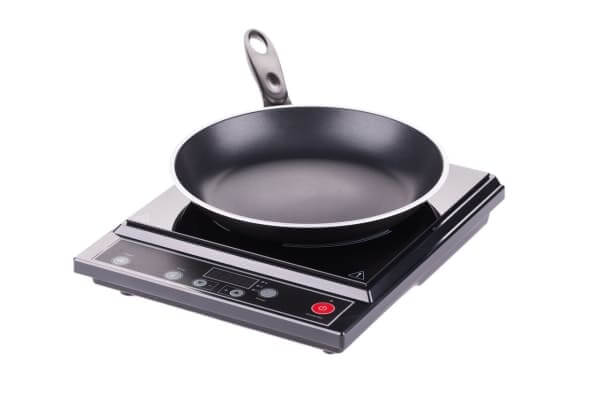
Regarding cooking on an electric stove, non-stick pans offer numerous advantages that make them a worthwhile investment. Let’s explore why you should consider using non-stick pans for your electric stove.
Convenience in Cooking:
Non-stick pans make cooking a breeze by preventing food from sticking to the surface. This not only saves you time and effort but also ensures that your delicate dishes are cooked to perfection. Additionally, non-stick pans are easier to clean than traditional ones, reducing your cleaning time and conserving water. The versatility of non-stick pans allows you to use them for various cooking methods, including frying, sautéing, and baking, making them a valuable addition to your kitchen arsenal.
Big Savings:
While non-stick pans may be slightly more expensive than traditional pans, they offer long-term savings. Their easy-to-clean nature and durability mean they last longer than conventional pans, eliminating the need for frequent replacements. Moreover, non-stick surfaces require less oil or butter during cooking, leading to cost savings on ingredients over time.
An Array of Designs:
Non-stick pans come in various shapes, sizes, colors, and finishes, allowing you to choose the perfect pan that meets your needs and complements your kitchen decor. Whether you’re looking for a small frying pan or a large sauté pan, you’ll find a non-stick option that suits your preferences.
Low Maintenance:
One of the critical advantages of non-stick pans is their low-maintenance nature. Cleaning them is a breeze – use soap and water to remove any food residue. Unlike other cookware materials, non-stick pans do not require special care or seasoning. Additionally, many non-stick pans are dishwasher safe, further simplifying the cleaning process.
How to Use Non-Stick Pans on Electric Stoves?

Using non-stick pans on an electric stove requires a few essential techniques to ensure optimal performance and maintain the longevity of the non-stick coating. Follow these steps to make the most out of your non-stick pans:
1. Choose the correct pan size: Select a large enough pan to accommodate the amount of food you are cooking without leaving excessive space. This allows for even heat distribution and efficient cooking.
2. Preheat the pan: Preheat the non-stick pan on the electric stove before adding any ingredients. Preheating helps to prevent food from sticking to the surface, ensuring a smooth cooking experience.
3. Add a small amount of oil or butter: To enhance the non-stick properties further and add flavor to your food, apply a small amount of oil or butter to the preheated pan. This thin layer is a barrier, preventing food from sticking while imparting a delicious taste.
4. Cook over medium heat: Using a medium heat setting is recommended when cooking with non-stick pans on electric stoves. This moderate heat helps to prevent the non-stick coating from overheating and potentially becoming damaged.
5. Avoid overheating the pan: Overheating the pan can cause the non-stick coating to deteriorate. Monitoring and regulating the temperature is essential, ensuring it stays within a safe range for the non-stick surface.
6. Use wooden or silicone spatulas: Metal utensils can scratch the non-stick coating, compromising its effectiveness. Instead, opt for wooden or silicone spatulas that are gentle on the surface and won’t cause any damage.
7. Clean the pan immediately after use: After cooking, clean the non-stick pan promptly to prevent food from sticking and to extend the lifespan of the non-stick coating. Wash the pan by hand using mild soap and water, avoiding using abrasive cleaners or scouring pads.
Following these guidelines, you can make the most of your non-stick pans on an electric stove. Remember to choose the correct pan size, preheat the pan, use a small amount of oil or butter, cook over medium heat, avoid overheating, use gentle utensils, and clean the pan promptly. With these tips, you’ll enjoy a hassle-free and efficient cooking experience while preserving the non-stick properties of your pans.
What type of Cookware is Best For Electric Stove?
When choosing the right cookware for your electric stove, certain materials offer optimal performance and compatibility. Let’s explore the best options for cookware on an electric stove:
1. Stainless Steel:
Stainless steel cookware is an excellent choice for electric stoves, especially induction stoves. Its compact and durable nature and a non-corrosive multi-layered aluminum base ensure even heat distribution and efficient cooking. Stainless steel is known for its versatility and longevity, making it a popular choice among professional chefs and home cooks.
2. Cast Iron:
Cast iron cookware is renowned for its ability to withstand high-temperature cooking and retain heat effectively. While it works well on electric stoves, it’s important to note that cast iron may scratch the stove’s surface. Exercise caution when placing and moving cast iron cookware on the electric stove to prevent scratching. Cast iron cookware is ideal for dishes that require intense heat and prolonged cooking times.
3. Aluminum:
Aluminum pans can be used on electric stoves, but they require some considerations. Aluminum alone is incompatible with induction stoves, so opt for an aluminum pan with a stainless steel base if you have an electric induction stove. This combination allows for better heat distribution and compatibility with induction technology. Alternatively, a thermal paste fills the gap between the aluminum pan and the stove’s heating disc, ensuring better heat transfer.
When selecting cookware for your electric stove, keep in mind the specific requirements of your stove type. Stainless steel offers durability and compatibility, cast iron excels in high-temperature cooking but may scratch the stove surface, and aluminum can work with a suitable base or thermal paste.
Choosing the appropriate cookware material optimizes your cooking experience on an electric stove and quickly achieve delicious results.
Conclusion
In conclusion, using non-stick pans on electric stoves is feasible. However, adhering to a few guidelines for optimal performance is essential. Choose non-stick pans made of compatible materials like aluminum or stainless steel, and avoid overheating them to prevent damage to the non-stick coating.
Use low to medium heat settings, wooden or silicone utensils, and hand wash the pans for longevity. Non-stick pans offer the convenience of effortless cooking and easy cleaning, ultimately saving you time and effort in the kitchen. They also provide versatility, cost savings, and a range of designs to suit your preferences. With the right techniques and care, non-stick pans can elevate your cooking experience on electric stoves.

